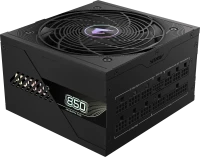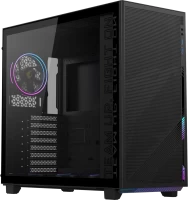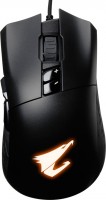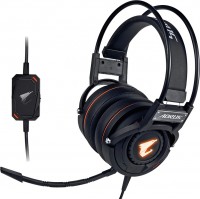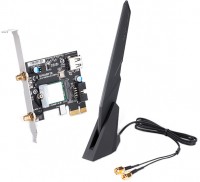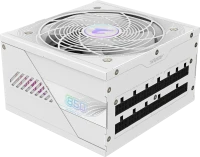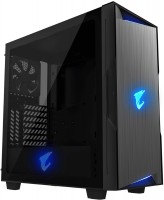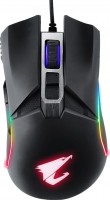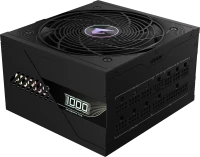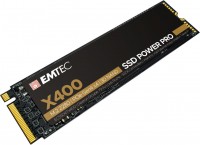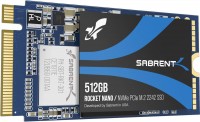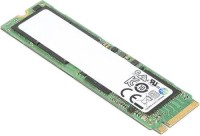Gigabyte AORUS NVMe Gen4 SSD GP-ASM2NE6500GTTD 500 GB
 | $71.47 Buy! GIGABYTE AORUS NVMe Gen4 SSD 500GB M.2 2280 PCI-Express 4.0 x4 3D TLC Internal Solid State Drive (SSD) Dual Side Copper GP-ANewegg.comDelivery: in USA Report |
Gigabyte GP-ASM2NE6500GTTD | |||||||||||||||||||||||||||||||||||||||||||||||||
| |||||||||||||||||||||||||||||||||||||||||||||||||
One of the top mid-capacity internal M.2 SSDs of 2019. It is positioned as a product of the upper price category, aimed at enthusiasts and use as part of premium high-performance gaming configurations. Can be used in mid-level workstations. It features impressive sequential read/write speeds (5000/2500MB/s) and support for the advanced PCI-E Gen4 x4 interface, which delivers twice the bandwidth of its predecessor (Gen3).
The M.2 hardware platform of the Gigabyte AORUS NVMe Gen4 SSD GP-ASM2NE6500GTTD is based on the flagship model of the 2-core Phison PS5016-E16 controller, capable of simultaneously working with eight data streams and equipped with a capacious DDR4 DRAM buffer (2 GB). For data storage, Toshiba's high-tech 96-layer 256-Gb BiCS4 3D TLC NAND flash memory is used. Also worth noting is the stylish cooling system with a spectacular copper radiator. There is SLC caching that speeds up the write process, wear leveling technology, improved LDPC hardware error correction, SMART monitoring and TRIM support.
Always clarify the specifications and configuration of the product with the online store manager before purchasing.
Catalog Gigabyte 2025 - new arrivals, bestsellers, and the most relevant models Gigabyte.
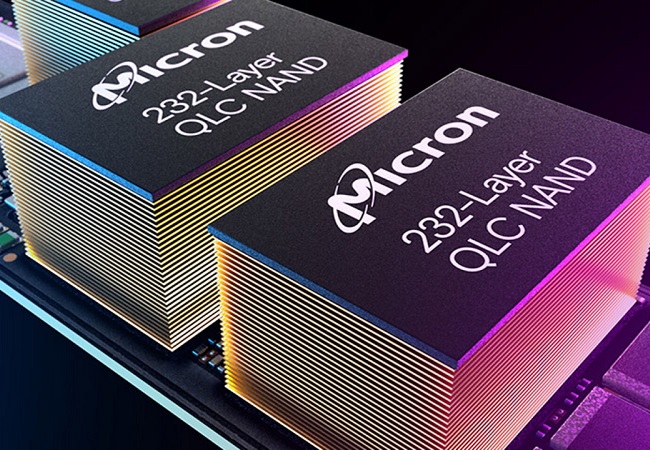

Gigabyte AORUS NVMe Gen4 SSD GP-ASM2NE6500GTTD configurations
| Price for Gigabyte AORUS NVMe Gen4 SSD GP-ASM2NE6500GTTD | ||||
|---|---|---|---|---|
| Gigabyte AORUS NVMe Gen4 SSD GP-ASM2NE6500GTTD 500 GB | from $71.47 | 1 offer | ||
| Gigabyte AORUS NVMe Gen4 SSD GP-ASM2NE6100TTTD 1 TB | from $109.99 | 2 offers | ||
| Gigabyte AORUS NVMe Gen4 SSD GP-ASM2NE6200TTTD 2 TB | from $245.96 | 1 offer | ||
Pioneer on PCI-E 4.0
Gigabyte has taken on an active expansion in the last couple of years and began to promote the Aorus gaming line almost as a separate gaming sub-brand. Like Asus with their ROG. As part of this expansion, the company introduced an interesting M.2 SSD with support for the new fourth generation PCI-E bus, record-breaking speeds and a rather biting $150 price tag.
Read speed 5000MB/s
The novelty is based on Toshiba BiCS4 96-layer 3D NAND TLC chips and the Phison E16 controller, which is essentially a modified version of the Phison E12. The cache memory is DDR4 with a 2 GB buffer. The maximum sequential read speed is 5000 MB / s, sequential write — 2500 MB / s. And this is in some way a historical moment, since before everything rested on the bandwidth limit of the PCI-E 3.0 bus, which is 4000 MB / s. In reality, the speed is slightly lower: depending on the benchmark and usage scenario, the drop can reach up to 20%. And even so, it will still be very fast. Add to this the excellent performance when working with 4K blocks (the write IOPS at the level of 550K is especially impressive) and you have one of the fastest drives in history.
Cool and efficient radiator
However, it is necessary to praise not only the impressive performance, but also the copper heatsink. Many SSDs have a problem with the controller overheating when constantly running at high speeds, so Gigabyte decided to abandon the traditional aluminium heatsink and use a "colder" copper. As a result, in the tests, he did not step over the mark of 55 degrees Celsius. Among other advantages, we highlight the increased volumes of guaranteed data recording, a 2 GB dynamic SLC buffer and a rather useful SSD Tool Box utility for cleaning, optimizing and monitoring disk status. Well, the main disadvantage is the high price and limited components with fourth generation PCI-E support. In fact, the only option right now is AMD motherboards based on the X570 chip.

